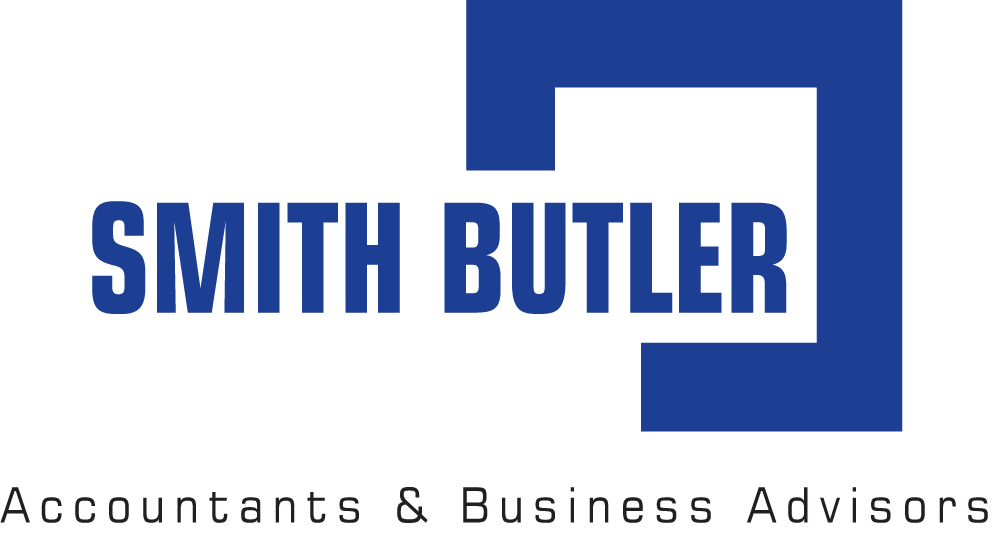As the director of a business, you’ll already be drawing a salary or dividends to keep yourself paid, but what happens if you find yourself needing a bit more cash for unexpected expenses?
This is where a Director’s business loan comes into play. If you aren’t entirely sure what this is or how to access it, this guide will talk you through the basics.
What is a director’s loan?
Quite simply, a director’s loan is money you can take from your company’s accounts which cannot be classed as salary, dividends or legitimate expenses. Consider it like any other loan you could take out, except without ridiculously high levels of APR which you may get with other creditors.
As with any loan you take out, you’ll have to repay the outstanding amount directly into the company’s account.
Even though there’s no legal limit on how much you can borrow, you should always move on the side of caution when borrowing from your company.
Borrowing money isn’t the only purpose of a director’s loan, as you can also lend your own money to the company for help with start-up costs or if the company is having cash flow difficulties. This means you would become one of the company’s creditors.
The majority of director’s loans are used to cover short-term or one-off expenses. It isn’t recommended to use this option often as it does incur a hefty amount of admin work, so it should only be used in case of emergencies.
How much can I borrow?
There’s no legal limit on how much you can borrow from your company. That being said, you still need to be very careful about how much you borrow and whether the company can realistically afford to lend you.
Borrowing too much can result in cash flow problems for your company as well as you having to fork over an even higher amount of money.
Any loan of £10,000 or more will automatically be treated as a benefit in kind and will need to be reported on your self-assessment tax return. When it comes to the interest, it’s up to the company how much to charge.
What is the interest?
Unsurprisingly, when dealing with director’s loans, you’ll need to factor in interest payments and declaration to HMRC for tax purposes.
If the interest is below the official rate of 2% the discount to the director will be treated as a benefit in kind by HMRC.
The loan will also be subject to Class 1 National Insurance contributions (NICs) and will be payable at a rate of 13.8% on the full value of the loan.
How long do I have to pay?
If the full amount hasn’t been paid back within nine months and one day of the company’s year-end you can face a heavy tax penalty. The unpaid balance at that time will be subject to a 32.5% corporation tax charge (S455 tax), but this can be reclaimed once the loan is fully paid off.
What happens if I take a director’s business loan out by accident?
Although it sounds strange, it’s possible to accidentally take out a loan, this usually happens when a director pays themselves an illegal dividend.
Directors can choose to draw income from dividends, but as dividends can only come out of profit then drawing out income when your company hasn’t made a profit yet will be considered a director’s loan.
If this happens then you need to repay the amount within the nine-month deadline otherwise you’ll face higher taxation.
What are my options?
If you’re still unsure whether a director’s business loan may be the best option for you or your company, our expert team at Smith Butler is here to help. From discussing the loan options, to maintaining your loan records, we can do it all.
